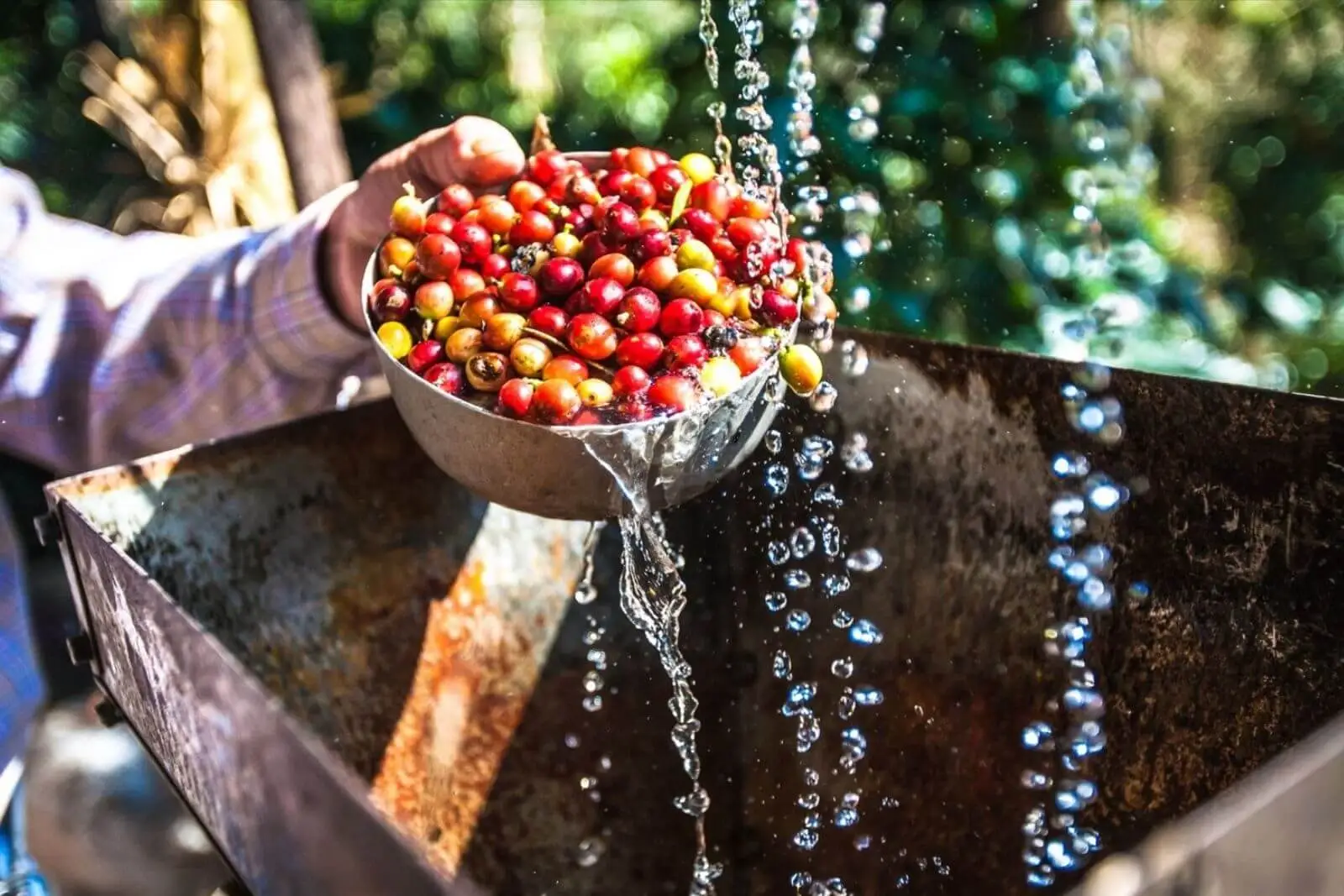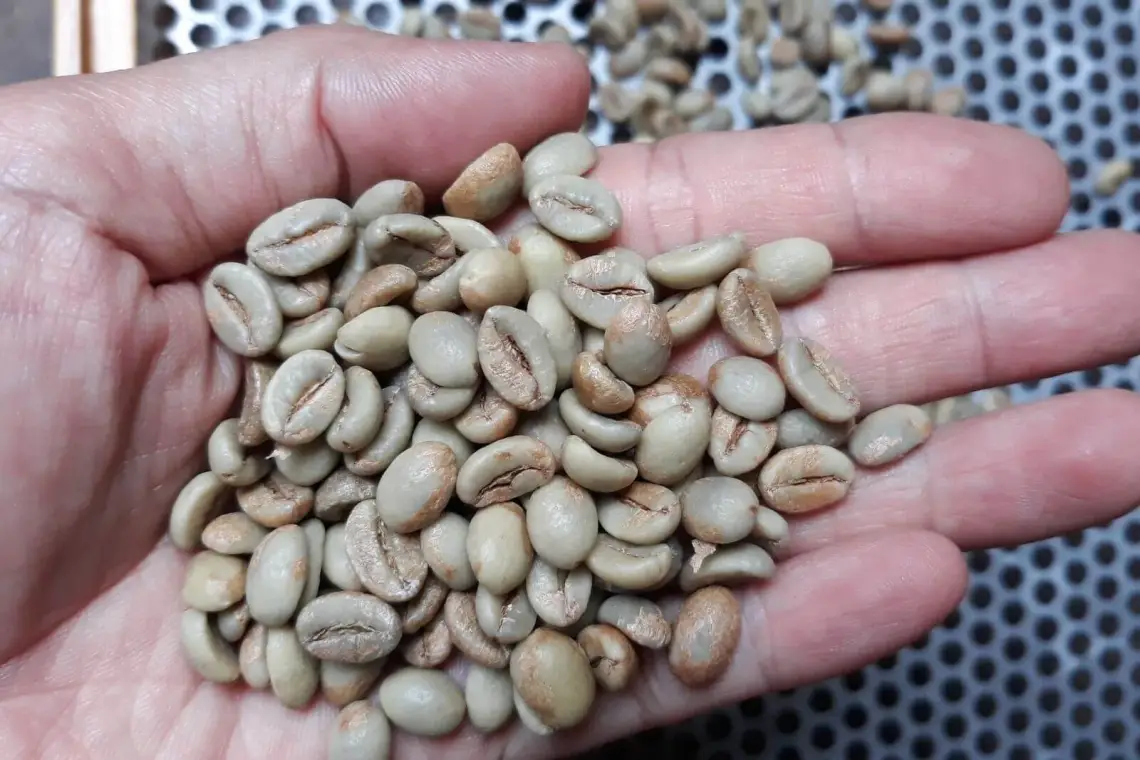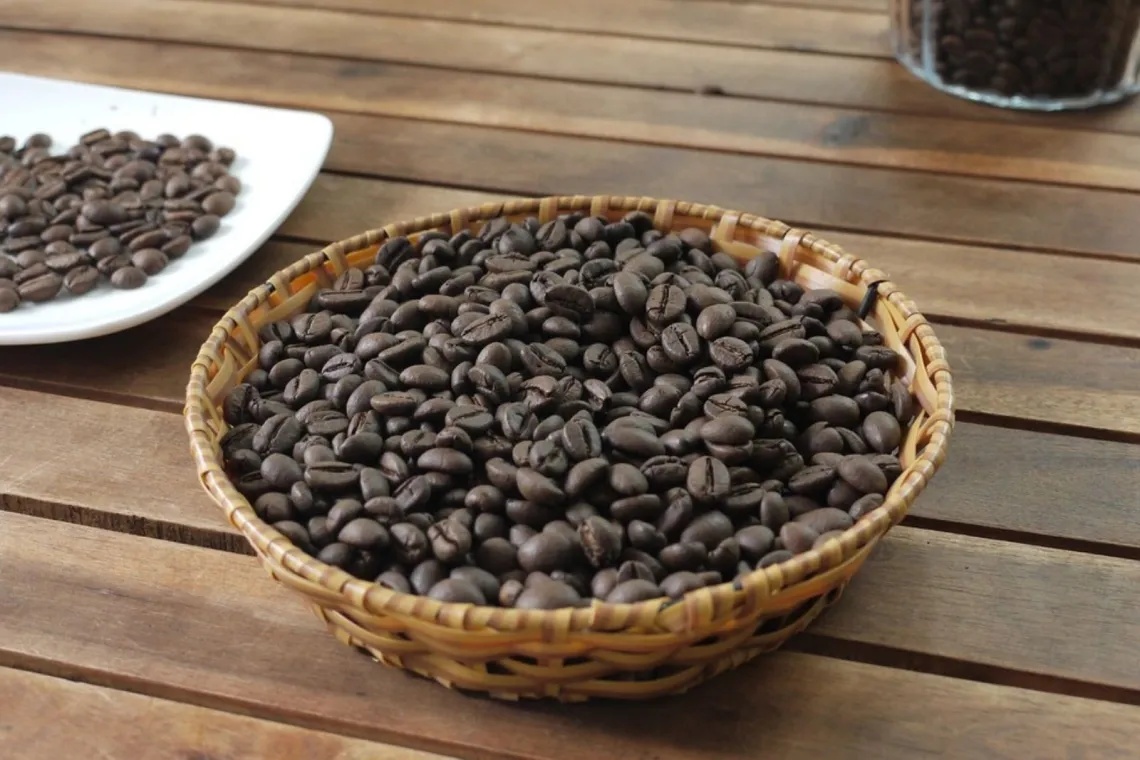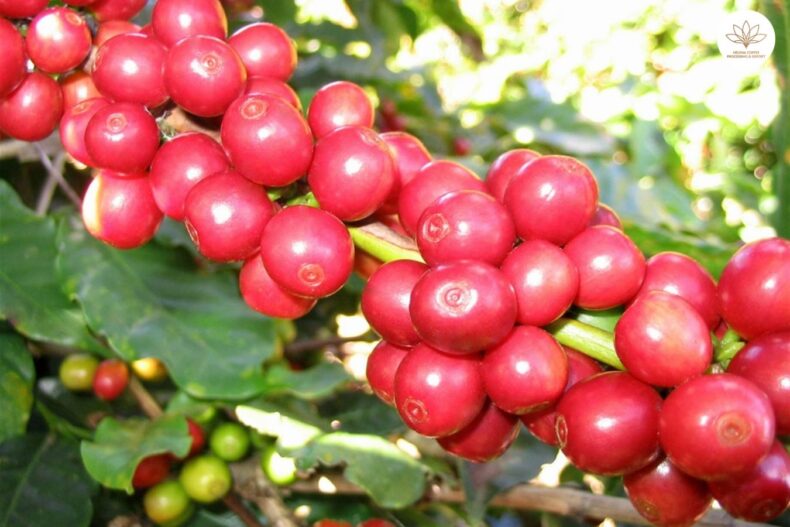
What is Fully Washed Robusta Coffee?
Robusta Wash is a high-quality Robusta coffee that has been picked and processed using the complete washed fermentation procedure. Robusta Wash has a robust, bold flavor characteristic of Robusta; it has a smooth, not harsh, taste and a strong scent.
There are two types of washing machines: fully automatic and semiautomated:
After peeling, coffee beans are steeped for 12-24 hours in a water bath, then removed and beaten with a machine to remove the mucus layer, and finally dried.
Use shelled coffee as well for Semi Wash. However, instead of soaking in water, use a beater to remove all mucus and then let it dry.
Working on a Fully Washed garment takes more effort and time than working on a Semi-Washed garment. However, the coffee will be more fragrant when thoroughly washed due to the soaking process. And everything has advantages and disadvantages.
The drying process, or drying the whole fruit and then crushing it, is employed to separate the coffee bean, unlike the dry processing method. Wet processing is an expensive technology generally reserved for high-quality Arabica coffees (and most Specialty coffees).
People have somewhat different versions with distinct names in other parts of the world, such as Giling Basah in Indonesia or Pulped in Brazil.
Because this article is pretty deep and has to be understood, you should first see an overview of coffee processing techniques, then study the structure of coffee beans to grasp the content of wet processing methods—coffee bean anatomical structure.
Characteristics of wet-processed coffee Vietnam ( Robusta Coffee beans)
Advantage
Because the beans are fermented by the bean’s enzyme system or by the involvement of microbial enzymes, wet processing produces a more excellent flavor quality for the coffee. This approach aids in the development of maximum flavor in coffee kinds with high flavor attributes, such as Arabica.
Defect (Coffee Trade)
To avoid the creation of unpleasant flavors owing to over-fermentation, close monitoring is essential throughout the fermentation process for optimal wet processing. At the same time, this procedure is highly costly (compared to dry processing, which only requires sun drying), requiring significant expenditures, considerable equipment, and a large amount of wastewater.
Process of wet coffee processing
Before beginning to understand each stage, watch the introductory video on the wet processing of coffee.
The classification of coffee
The coffee beans are taken to the reception area after being picked and immediately placed in a tank full of water for sorting (for Specialty Coffee types, this step is done as soon as possible to avoid dehydration). If it’s heavy, it’ll sink into the tank (wet processing); if it’s light, it’ll be damaged and float to the top (dry processing). Branches, leaves, contaminants, and other debris are also removed from coffee.
Take out the pods
In the wet coffee processing procedure, this is the most critical step. The husking must be completed fast to minimize spontaneous fermentation and the production of odd flavors in the beans.
But what’s the point of removing the peel?
Coffee pods containing the primary constituent cellulose are incredibly thick and difficult for microorganisms to degrade in natural conditions. Thus they must be removed. In some parts of Africa, such as Kenya and Ethiopia, coffee is shelled by machine or hand… Place the fruit in a wooden trough and crush it by hand with a stone.
Fermentation helps to get rid of mucous
Following the removal of the pods, the coffee is placed in a water tank to begin the fermentation process. The amount of water used in processing varies, although it is typically 1:1.
This is a crucial step in the wet processing process since it has a significant impact on the final flavor of the coffee. Due to a water shortage (or by choice) in some regions, fermentation can occur naturally without soaking the coffee in a water bath; this approach is known as semi-wet processing. Honey processing (semi-washed)
More specifically, the mucous layer is the fruit’s meat, and it is mainly “stubborn” if removed by standard milling. The key is the Pectinaze enzyme system, which has numerous components such as Pectin, carbohydrate, protein, and a complicated enzyme system (which helps break down Pectin).
Internal fermentation and microorganism engagement will aid in the rapid decomposition of the mucous crust with minimal effort.
The fermentation process must be closely controlled to ensure that the coffee is devoid of unwanted flavors. The elimination of mucilage through fermentation takes 24 to 36 hours for most coffees, depending on the temperature, rind thickness, and enzyme concentration.

When does the fermentation process come to an end?
The majority of the examination is sensory. When you hold coffee in your hand, it no longer feels sticky or slippery; instead, it feels like “gravel,” and the husk’s roughness is complete. The coffee mass must be scraped by hand or machine, causing the mucilage to be removed by friction between the beans. The coffee is correctly cleaned with clean water once the fermentation is complete.
Allowing the coffee beans to dry
After being cleaned with clean water, the coffee beans are dried indoors or outdoors to reduce the moisture content to 13 percent to 12 percent. Then pack for preservation or proceed to the next level of refinement.
What coffees require wet processing?
As previously said, wet processing uses a lot of water and necessitates more automated technology, which raises the price of raw green coffee. As a result, this approach rarely uses low-cost coffees (Robusta).
Where to buy Robusta thoroughly washed coffee?
Helena Coffee is happy to be a supplier of high-quality, stable wet-processed Robusta green coffee at a fair price, thanks to its many years of experience in production, processing, and quality control.
The enhanced efficiency of a closed model from the stage of product collection, selection, and preliminary manufacturing to the location of product procedure, supply, and distribution has helped Helena Coffee optimize the quality control process and product stability, resulting in reasonably priced and high-quality products.
Description of wet-processed Robusta coffee products in Daklak
| Varietal | ROBUSTA |
| Region | ĐAKLAK – Vietnam |
| Elevation | 800m |
| Process | Fully Washed |
| Ripe Rate | 99%-100% |
| Moisture | 12,5% |
| Foreign Matter | 0.1% |
| Black | 0.1% |
| Break | 0.5% |
| Rate on Sieve | 90% |
| Bean size | S16, S18 |
| Season | 2021 – 2022 |
| Packing | 60kg/bag |
fully washed coffees, smallholder coffee farmers, washed coffee processing, markets washed coffee, coffee farmers grow, farmers fully washed, reports market report, green coffee beans, robusta coffee beans, review, Nishant, map, fully wash, full washed, trade, roast, events, roasted
